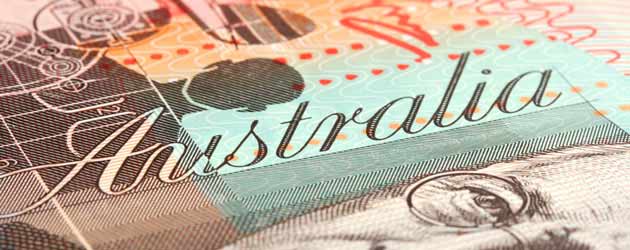
The Pound to Australian Dollar exchange rate (GBP/AUD) declined by around 0.8 cents last night as Asian markets reopened for the week. The ‘Aussie’ hit a 10-day high as domestic Retail Sales data for September showed an improvement of 0.8% – twice as strong as the expected 0.4%.
The Australian Dollar had previously put in a good performance towards the end of last week’s session thanks to some robust private sector data out of China. The Chinese Manufacturing PMI report for October showed that the sector advanced to its strongest level in a year-and-a-half last month with a score of 51.4.
Strong Chinese data is vital for the Australian Dollar because a substantial part of the Australian economy is focussed on extracting raw materials to export to Chinese manufacturers. GBP/AUD declined by just under a cent on Friday as markets reacted to the robust Chinese PMI result, which some analysts took to signal that the world’s second largest economy could surpass its 7.5% annual growth target this year.
The ‘Aussie’ managed to maintain its strength last night as official data corresponding to Non-Manufacturing output improved to a yearly high of 56.3. However, with sub-indexes for New Orders and Exports flagging behind total output it is probable that this kind of rapid expansion will run out of steam relatively soon.
The Antipodean currency advanced further against Sterling earlier this morning, pushing GBP/AUD down to a 10-day low of 1.6783, as Australian Retail Sales came in twice as strong as investors had anticipated.
The robust figure suggests that the Reserve Bank of Australia’s efforts to stimulate the economy, through a series of interest rate cuts over the past two years, are still having a positive impact. Low lending rates are helping to drive consumer confidence higher, and this is bolstering demand for the ‘Aussie’ because it is being interpreted to mean that further rate cuts may not be necessary.
Tomorrow morning the RBA will announce its benchmark lending rate for November. The Australian Central Bank is widely expected to maintain its current rate of 2.50%, which is likely to have a neutral effect on GBP/AUD.
However, if the RBA drops any hints that it is considering slashing rates again anytime soon, the ‘Aussie’ is likely to give up its recent gains against Sterling.
On the other hand, the Australian Dollar is liable to extend its gains if the RBA strikes a more bullish tone.
This morning’s British Construction PMI report is predicted to show that output remained robust during October, but the data is unlikely to offer Sterling a significant boost because it is forecast to show that growth decelerated minimally to 58.7.

Comments are closed.